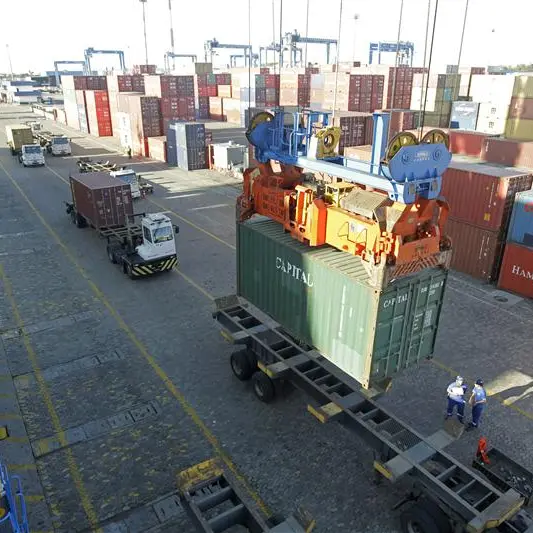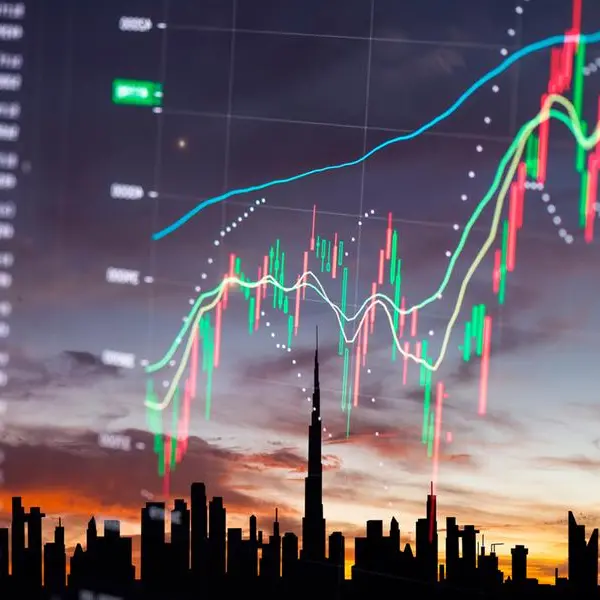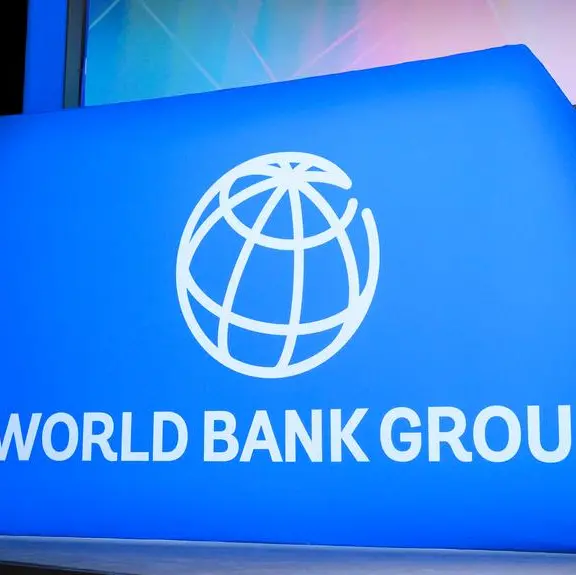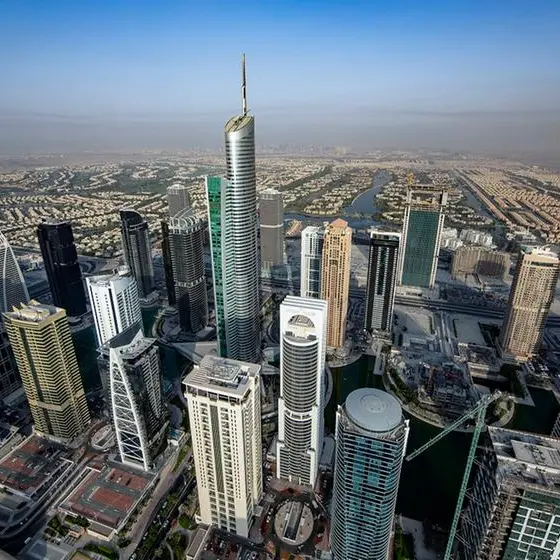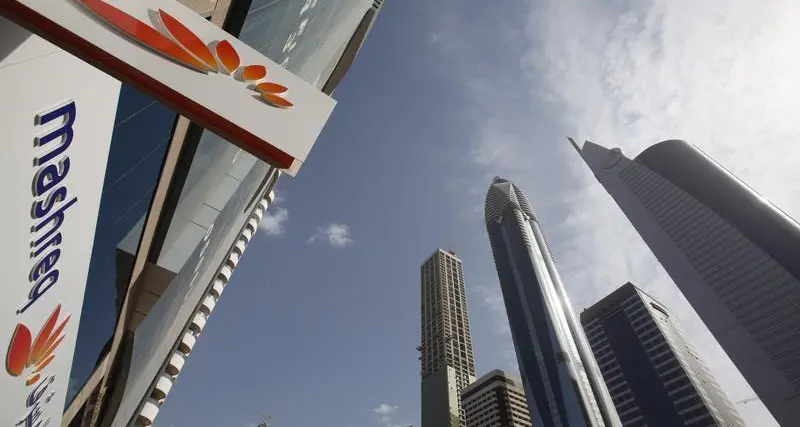PHOTO
Inflation was one of the landmark economic stories of the late 20th century. Mounting macroeconomic challenges in the 1960s led to the 1971 US decision to abandon the Bretton Woods standard and, along with oil market disruptions after 1973, unleashed the Great Inflation — an unprecedented price-wage spiral by postwar standards. US inflation peaked in 1980 at annual rate of 14.8 percent.
By the late 1970s, mounting discontent with rising prices had triggered a major shift in political and economic thinking. Governments led by Margaret Thatcher and Ronald Reagan led the way toward a new economic orthodoxy anchored in price stability. After painful recessions, the battle against inflation was won and, by the second half of the 1980s, US prices were increasing at an average of just 3.5 percent per year.
The past year has given rise to an environment reminiscent of the 1970s. After a major deflationary shock in 2020, several factors conspired to push US inflation to 7 percent as of December — a reading last seen in 1982.
A similar dynamic is playing out in Western Europe. These spikes seem to involve “cost-push” impulses caused by supply chain and labor market disruptions around the world caused by COVID-19. Simultaneously, policymakers responded to the pandemic through unprecedented quantitative easing that injected trillions of dollars of liquidity into the global economy while short-term interest rates were slashed to almost zero.
Adding to this, many governments undertook large-scale fiscal interventions to sustain economic activity. In combination with the supply side challenges, this has resulted in a classic case of what Milton Friedman once described as “too much money chasing after too few goods.” The consequence of higher prices has been strikingly evident in the robust stock market, commodity, and real estate rallies observed over the past year.
Most observers at first expected the current inflationary pressures to prove temporary. These assumptions have been challenged by a strong recovery in global demand, continued COVID-19-related bottlenecks, as well as the apparent readiness of US employers to pay a premium for talent at a time when unemployment has fallen back below 4 percent.
This is potentially paving the way for the kind of price-wage spiral that perpetuated inflation in the 1970s. The composition of price increases gives some grounds for optimism, as it was primarily led by energy prices and consumer goods other than food. The former is likely to prove a temporary challenge whereas the latter likely reflects supply chain challenges which could be countered by a subsiding pandemic or more effective crisis management.
In addition to the main risk of rising wage expectations, the real estate boom will continue to drive up rentals and hence perpetuate the inflationary dynamic. For what it is worth, economists expect US inflation to fall back to 3 percent this year, not quite in line with the Fed target of 2 percent but not far off either.
But what if hoping for the best does not fix the problem? In the 1980s, aggressive monetary tightening was used to squeeze inflation out of the system, not least in order to modify inflationary expectations. Ordinarily, such an approach would involve positive real interest rates.
Problematically, after years of extremely loose monetary conditions, leverage in the global economy stands at record levels, whereby its vast majority was contracted when interest rates were at historically low levels.
This has created a situation where much of the global economy is extremely sensitive to higher interest rates. The cure being worse than the disease, aggressive monetary tightening could also prove extremely disruptive. This, along with the uncertainties created by the pandemic, is likely to result in monetary policy makers erring on the side of caution. Should inflation then persist for even longer than expected, it might at least have the benefit inflating away some of the heavy leverage which currently exists in the markets.
What about the GCC? To what extent is the region sensitive to the global inflationary story? In recent years, price dynamics have been heavily influenced by fiscal policy reforms. For instance, in Saudi Arabia, inflation hovered around 5 to 6 percent during the second half of 2020 and first half of 2021.
This was the direct consequence of the higher VAT rate, an effect which is also now playing out in Oman which introduced VAT last year. Most of the region however experienced deflation during 2020 and the first quarter of 2021. This has reflected the deflationary effect of the pandemic as well as imbalances in the real estate market due to historically subdued demand growth leaving rentals flat or declining in much of the region.
It is clear that even after considering some country-to-country variations, price growth has been trending up in 2021, most obviously in Qatar and the UAE. This may be partly caused by temporary factors such as Expo 2020 and the FIFA 2022 preparations. But it also likely reflects the effects of supply chain disruptions at a time when economic activity has been normalizing rapidly across the region.
How far this will continue remains to be seen. However, the real estate dynamics, a major component of the CPI basket across the region, will likely remain a countervailing force. Similarly, the weaker labor market dynamics of the recent years, along with the expected Fed tightening, are likely to reduce the probability of significant price pressures for now.
• Jarmo Kotilaine is an economist and strategist focusing on the Gulf region. He writes on issues ranging from economic development to changes within the corporate sector.
Copyright: Arab News © 2022 All rights reserved. Provided by SyndiGate Media Inc. (Syndigate.info).

